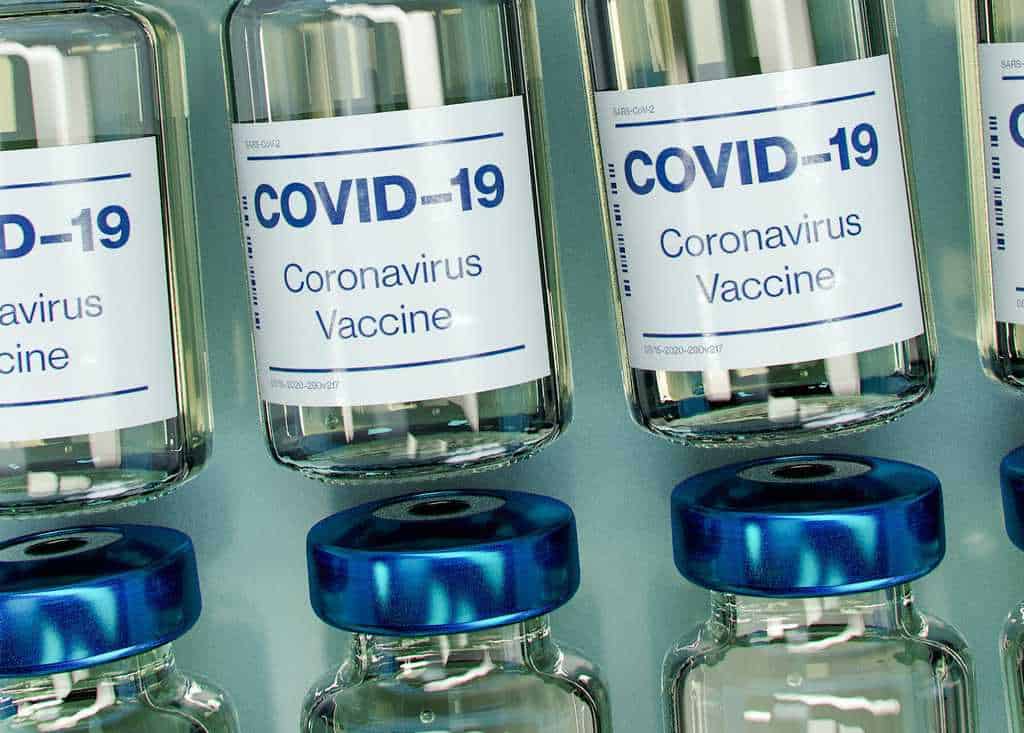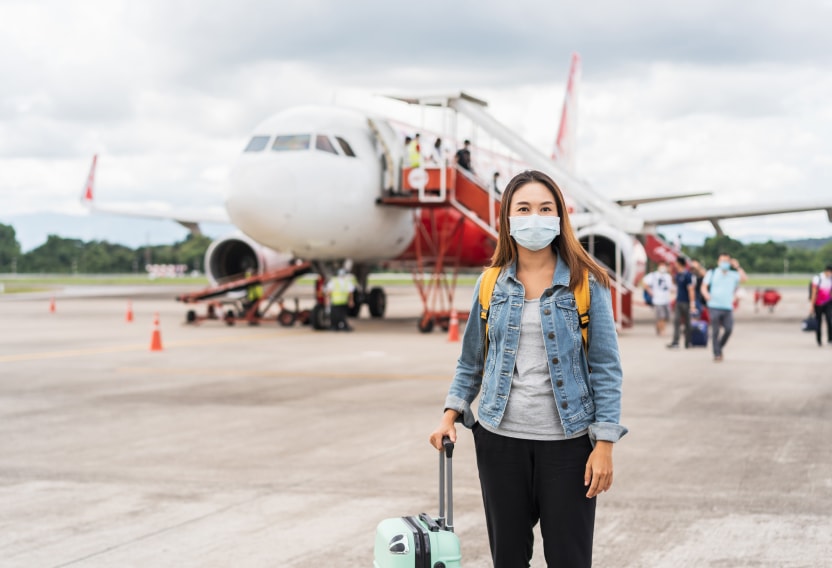President Joe Biden announced a new nationwide COVID-19 vaccination goal around late March: 200 million shots being given within his first 100 days in office. This is after his earlier goal of 100 million vaccinations was met on the 59th day of his administration. April 28th is when Biden hits his 100th day in office–experts believe that if the country continues the vaccination rate, the US will reach the 200 million goals a week before Biden’s self-imposed deadline.
Keeping Up With the Vaccines
As the vaccines continue to be rolled out, more and more people become eligible to get vaccinated. Of course, this brings a whole new set of difficulties, challenges, and setbacks for vaccines.
Pfizer Making Progress
From the different vaccines in the US, Pfizer seems to be making some progress. As of April 13, 2021, there were 99.45 million Pfizer vaccines administered worldwide. They are also on the verge of being approved by the FDA to authorize their vaccine for 12- to 15-year-olds. In the meantime, their vaccine remains under emergency use authorization for people 16 and older.
Johnson & Johnson’s Setback
A bit far behind is Johson & Johnson’s vaccine, with less than 8 million doses administered. To slow things down even more, they’ve paused vaccinations in all clinical trials over blood clot concerns out of an abundance of caution in the US. The company is also delaying the rollout of the vaccine in Europe.
Moderna Stays Stable
It pays to be first; the Moderna vaccine has delivered 85.4 million doses so far. Since they have had more time and resources for testing, they say their vaccine is more than 90% effective for at least six months. Pregnant and postpartum women are also encouraged to receive Moderna vaccines, expanding the vaccine’s reach.
The Latest On the Coronavirus
Though the country seems to be getting the hang of the pandemic, new strains of the virus, the vaccine rollouts, and lockdowns coming to an end are destabilizing everything.
Hotspots
The United States has reported an 8% increase in new cases of COVID-19 in the past few weeks. Michigan reported the highest number of cases per capita, with almost 39% of new cases involving the more contagious B.1.1.7 variant of the virus first identified in the United Kingdom.
Overall, deaths from COVID-19 seem to be going down by 7% in the past weeks. Except for Oklahoma, which reported 1,716 new deaths between August and February and had gone unreported. Including the backlog, deaths rose by 21 percent.
Restrictions
While countries like Turkey and the Netherlands are enforcing partial lockdowns and extending their lockdowns, the US is dropping more and more restrictions every week. The latest update from the Centers for Disease Control and Prevention (CDC) allows fully vaccinated travelers to travel safely, without getting tested or self-quarantining.
However, in most states, businesses are mostly open, except for California, Oregon, Arizona, New Mexico, and Colorado, which have mixed restrictions allowing certain businesses to open to the public. Only 38% of the states remain with mandatory restrictions on masks, and 92% of states have no restrictions on stay-at-home orders. The only states with advisories to stay home are California, New Mexico, Wisconsin, and Kentucky.
Variants
Some people, including experts, attribute the cooldown of restrictions to the surge in new cases. Variants account for about 78% of recent Coronavirus cases in New York City. About 30% of cases were identified as the variant from the UK, and another 42% were genetically sequenced samples of the variant first discovered in New York City.
Thankfully, the latest studies on the UK variant found that the virus is more transmissible but not as severe. Still, separate findings state that the variant might be tied to a higher risk of dying from the virus. Of course, it’s still too soon to fully understand these new variants as there aren’t enough cases yet to come up with a final statement.
How to Get the Vaccine
As of early March, over half (52%) of frontline healthcare workers have received at least one dose of a COVID-19 vaccine, leaving 48% who have not. It’s important to point out that about 15% of US healthcare workers, primarily those working with smaller institutions, refuse to take the vaccine. Nonetheless, for travel nurses, getting the vaccine can make moving from city to city more accessible, and here’s how to get one:
- Find a COVID-19 vaccination site near you: use vaccinefinder.org to find providers near you. Another option is to check local pharmacy websites or find pharmacies participating in the Federal Retail Pharmacy Program.
- Schedule a vaccination appointment: most providers use their scheduling systems.




